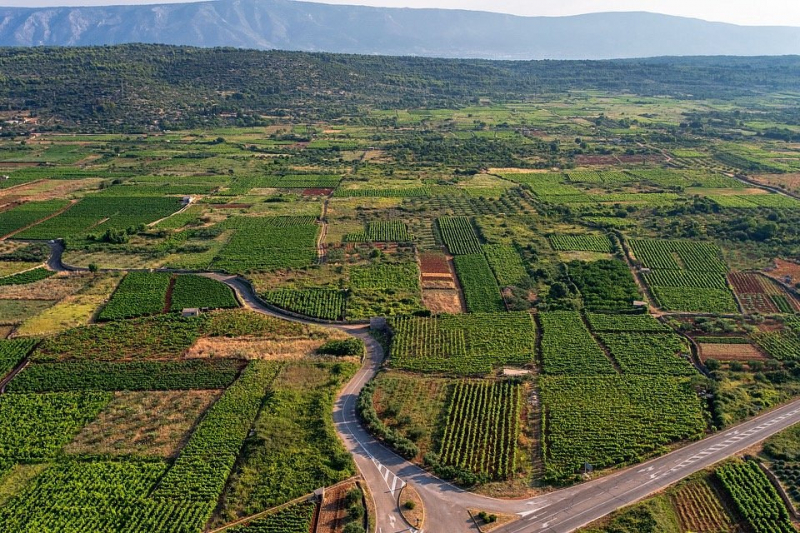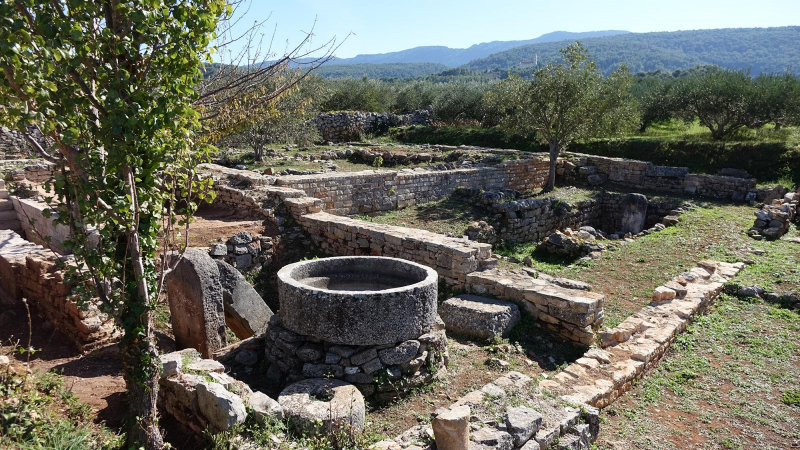Stari Grad Plain
The Stari Grad Plain on the Adriatic island of Hvar is a cultural landscape that has remained virtually unchanged since the 4th century BC when it was initially settled by Ionian Greeks from Paros. Since Greek times, this fertile plain's primary agricultural activity, centered primarily on grapes and olives, has been maintained. The location is also a protected natural area. The environment has ancient stone walls and trims, as well as modest stone shelters, and gives witness to the ancient Greeks' geometrical land division system, the chora, which has remained largely unchanged for over 24 millennia.
The Stari Grad Plain, which dates back to the Greek colony of Pharos, is a fine example of ancient Greek agricultural practices and management. The Stari Grad Plain, which was first settled by Ionian Greeks in the 4th century BC, became an important farming landscape, primarily for grapes and olives. Surprisingly, the land has served these goals for millennia and continues to do so today.
The Stari Grad Plain was inscribed on the UNESCO World Heritage List in 2008. The remarkable condition of preservation of its "chora," geometrically arranged plots each surrounded by stone walls, was one of the reasons for its inclusion. These agricultural procedures were a common way for the ancient Greeks to divide the land for farming purposes.
Location: Stari Grad, Croatia












